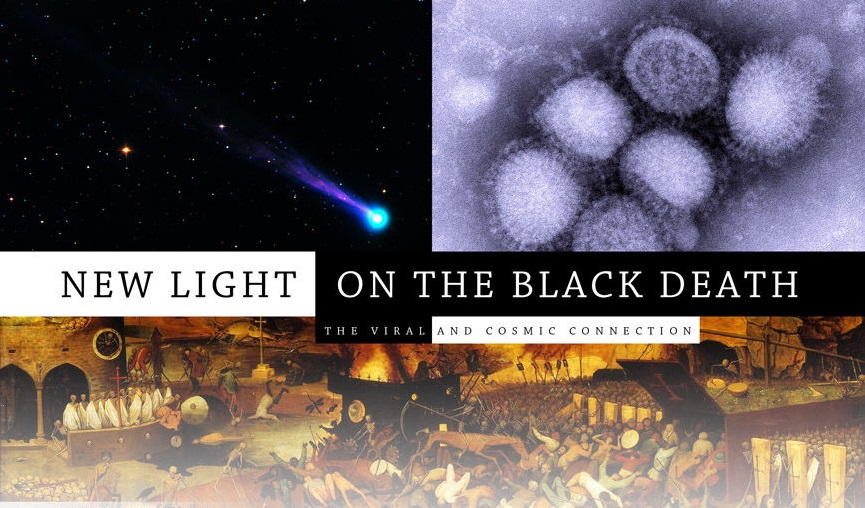
If the findings are correct it could mean that a modern form of the Black Death can emerge without requiring the unsanitary conditions of the Middle Ages. Generations of students have been taught that the plague bacteria transmitted by flea bites caused the depopulation of medieval Europe. The Plague first appeared in the 14th century and killed at least 25 million people - more than a quarter of the entire population - over a 300-year period. But two infectious disease specialists who have analyzed the Black Death have concluded that it bears a closer resemblance to modern outbreaks of the Ebola virus.
Intuitively, the Black Death has all the hallmarks of a viral disease rather than one caused by plague bacteria, says Christopher Duncan of the University of Liverpool. The history books are wrong, there's little doubt about that.
The first recorded outbreak of the Black Death occurred at the Sicilian port of Messina in 1347 and was brought in by Italian galleys returning from the Crimea on the Black Sea. A year later the disease arrived in the West Country of England and it soon spread to towns and cities where it caused fear and panic among a superstitious population who thought the red blotches on the chest of affected individuals were God's tokens.
Duncan says people soon learned that the only effective way of dealing with the Black Death was to put affected families and even entire villages into quarantine for 40 days. A quarantine period was first instituted in the city states of northern Italy in the late 14th century and this was gradually adopted throughout Europe and maintained for the next 300 years until the plague disappeared, write Duncan and Susan Scott in their book Biology of Plagues.
A quarantine would not have been effective if the disease was spread by rat fleas, says Duncan. Rats don't respect quarantines. This disease was transmitted directly from person to person which suggests an infectious virus. Bubonic plagues spread in a complex fashion because they rely on the interaction of fleas, rats and people. Yet the pattern of spread of the Black Death was relatively simple and predictable, indicating person-to-person transmission.
Endemic bubonic plague is essentially a rural disease because it is an infection of rodents, the authors say. The Black Death, in contrast, struck indiscriminately in the countryside and towns.
The symptoms of the Black Death point to a hemorrhagic fever caused by an Ebola-like virus. The fever struck suddenly, causing aching and bleeding from internal organs, as well as red blotches caused by the effusion of blood under the skin, which are classic symptoms of Ebola-like illnesses.
Professor Duncan said there is further evidence to back his theory in the form of a mutation in a key gene - called CCR5 which gives some protection against HIV. Scientists have found that this mutation arose only in Europe at about the time of the Black Death and its high frequency suggests it probably offered some resistance against the virus. A mutation that protects against a virus like AIDS today must have evolved to work against another virus in the past.
Meanwhile, doctors are investigating the death of a cyclist from a suspected case of bubonic plague the real kind, caused by fleas. The unnamed 28-year-old man was cycling near the airport in Colorado Springs about two weeks ago. Soon afterwards, he fell ill and died within a few days.
Plague was not suspected until the body of a prairie dog was found and analyzed at the same spot and was found to have died of the Plague. Public health officials reported that a chipmunk was found that had been killed by the disease near Lake Tahoe in California. People living in both areas were warned to keep pets inside.



"was brought in by Italian galleys returning from the Crimea on the Black Sea."